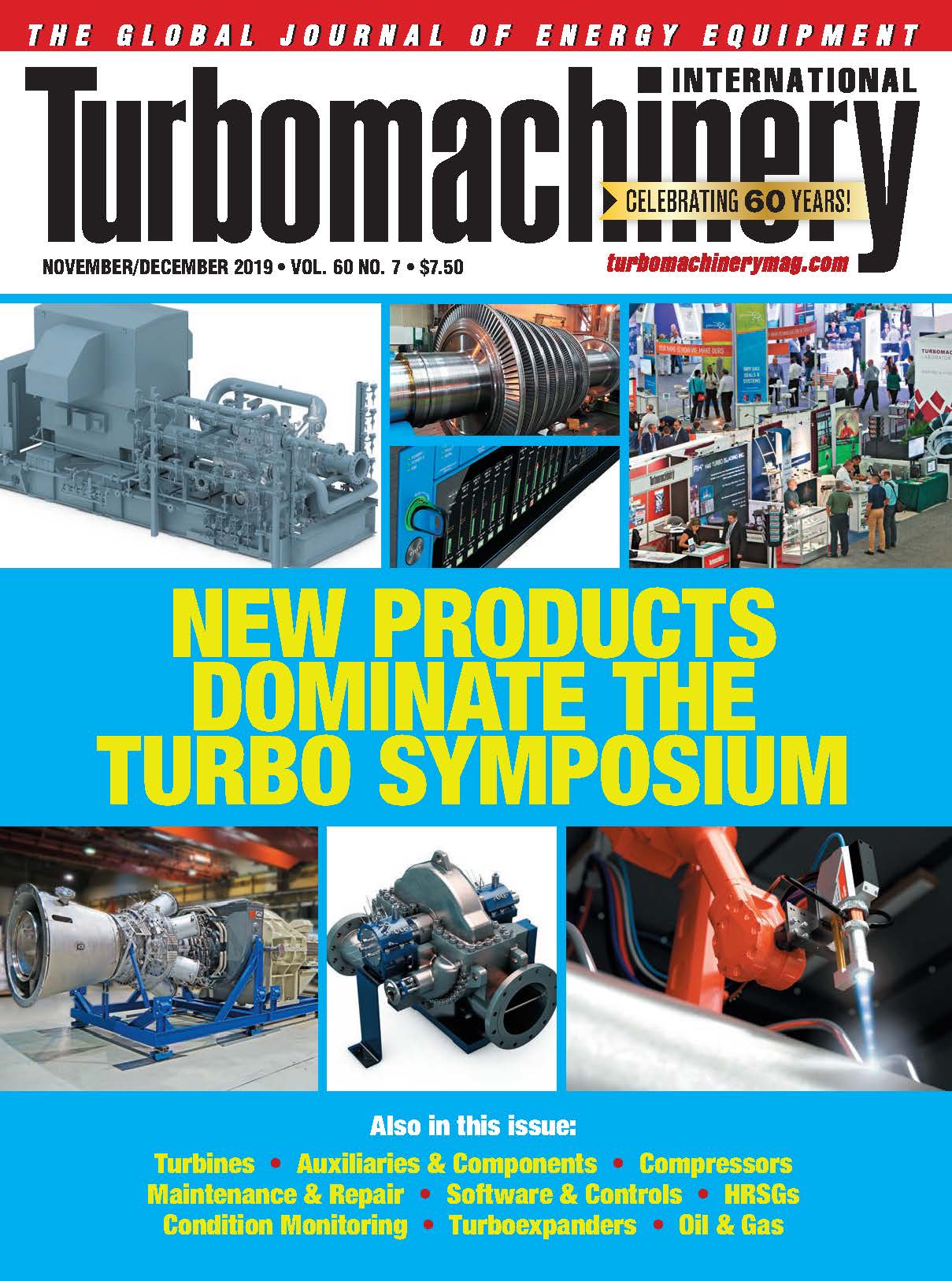Myth: One machinery solution fits every oil & gas application
Reality has the nasty habit of undermining well-intentioned theory. If compressor stations would always work at one well-defined, constant operating point, the weather would never change, and units would never have to be shut down. The best thing one can do for any installation would be a single compressor train, without spares.
There are industrial installations where all these assumptions are true. But they are usually not found in oil and gas upstream and midstream applications. This differentiates upstream and midstream applications from most downstream refinery, LNG, and petrochemical plant applications where a fully loaded, single machine is usually the best solution since operational flexibility and load swings are trumped by lower capital costs, higher efficiency and reduced maintenance.
Part of the discussion should incorporate the conceptual differences of different driver types. Drivers used in the oil & gas industry include gas turbines (GTs), steam turbines (STs), electric motors, gas expanders and engines. Availability, part-load efficiency factors or the impact of changing ambient temperatures are different for each of these drivers. This impacts their usefulness for a particular application.
GTs typically have high reliability and availability, and their performance changes with ambient temperature and load. That, and the availability of natural gas as a fuel, makes them an excellent option for upstream and midstream applications. Similarly, STs are widely used in refineries and petrochemical plants because of their reliability, ruggedness, and the availability of centralized steam production.
The demonstrated availability and reliability of GTs and STs is not size-dependent, at least not between 1 MW and 200 MW. More important factors are condition monitoring strategies, logistics strategies and OEM or 3rd party support capabilities.
The argument is often made that larger turbines are more efficient, and less expensive to buy and operate on a costper- power basis. If we compare the efficiency of different turbines, we will find that a 100 kW microturbine is less efficient than a 200 MW unit. However, if we look into smaller scaling ratios this argument does not hold. Specifically, most GTs and STs above 10 MW and below 200 MW have about the same efficiency.
For upstream and midstream, a key consideration is flexibility of installation to adapt to multiple operating conditions. For example, pipeline studies show that the fuel consumption for stations with multiple units is generally lower than for single-unit stations, if the operating conditions fluctuate significantly.
Other studies indicate that outage of a single unit causes a more significant reduction in pipeline throughput than the outage of a unit in a multiple unit compressor station. Several published simulations show the annual pipeline capacity (accounting for established unit availability) tends to be higher for multiple unit installations.
But in most downstream and LNG applications, throughput and operating conditions are relatively steady. For compressor installations, such as refineries and ethylene plants, larger single-unit compression drivers and driven equipment are preferred, mostly because of reduced capital cost, less equipment and installation simplification.
When looking at the cost of operation of pipelines, we find that many compression stations have significant swings in ambient temperatures between day and night and seasonally. These swings are often large enough to shut down one train in a station with multiple units. This improves fuel consumption since a GT at full load has better efficiency than a GT at part load. It also increases station availability as the unused unit can serve as a standby unit. Further, a unit that does not run does not accrue operating hours, reducing maintenance requirements.
Similar schemes have been discussed for single-unit stations by shutting down alternate stations along the pipeline. In general, where pressure losses rise disproportionally if one station is down, pipeline hydraulics rarely allow this. Also, initial design estimates of power demand may have to be revised later. Pipeline hydraulics are sensitive to assumptions on roughness and soil temperatures. In many instances, then, compressor operating conditions do not match predictions once units are in operation.
Additionally, true operating conditions may be different from design conditions. It is relatively easy to construct a scenario that favors an argument for or against big units, but it largely depends on the application. Generally speaking, if a compressor train is sized for a narrow operating range, and temperatures do not affect performance, a single unit will look good. This is often the case when STs or electric motors are used as drivers since their performance is not dependent on ambient temperatures and they require fewer overhauls.
On the other hand, multiple smaller gas turbines are the preferred solutions in applications where a wide operating condition and operational flexibility is critical. There is no simple answer. Bigger is not always better for compressors and their drivers, especially in upstream and midstream applications. The type and appropriate size of the equipment always depends on the application and the operational requirements.
